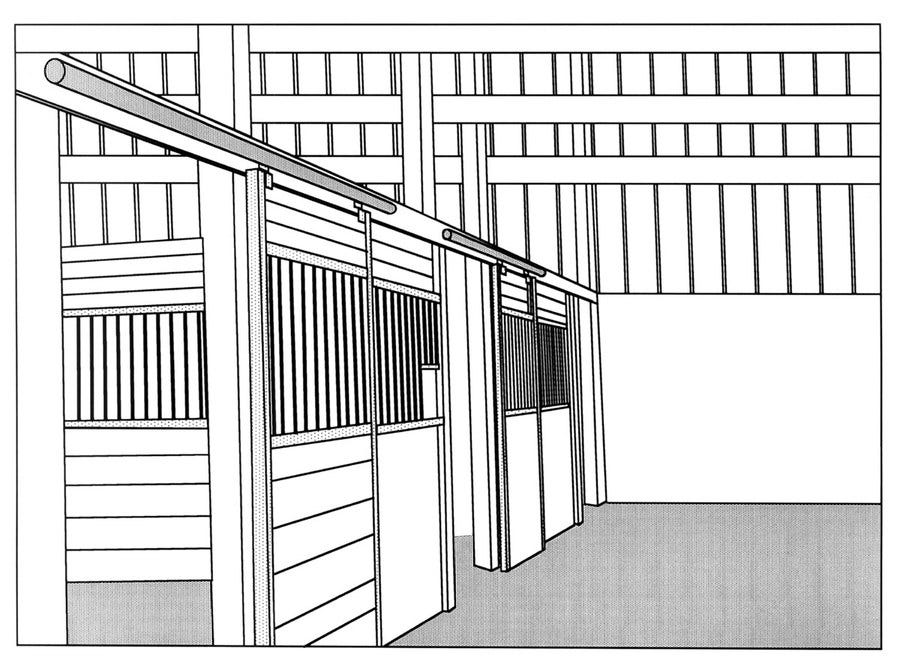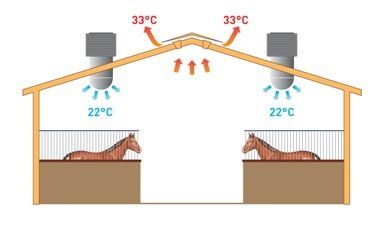Ventilation in Horse Stables: Why Fresh Air Matters

Proper ventilation in horse stables is crucial for maintaining the health and well-being of horses. Fresh air circulation helps reduce the buildup of harmful gases, controls humidity, and prevents respiratory issues. This article explores why ventilation is essential, how to achieve it, and best practices for stable management.
Why Is Ventilation Important in Horse Stables?
- Prevents Respiratory Problems: Horses are prone to respiratory diseases caused by dust, ammonia, and mold spores that accumulate in poorly ventilated stables.
- Controls Humidity and Temperature: Proper airflow helps regulate moisture and temperature, creating a comfortable environment.
- Reduces Odors and Ammonia Levels: Good ventilation disperses ammonia from urine, which can irritate horses’ eyes and lungs.
- Improves Overall Health and Performance: Fresh air supports immune function and reduces stress.
Key Factors Affecting Stable Ventilation
| Factor | Description |
|---|---|
| Stable Design | Layout, size, and materials influence airflow. |
| Airflow Patterns | Natural vs. mechanical ventilation methods. |
| Climate Conditions | Local weather impacts ventilation needs. |
| Number of Horses | More horses require better ventilation. |
Methods to Ensure Effective Ventilation
Natural Ventilation
- Use windows, vents, and open doors strategically.
- Design stables with ridge vents and side openings.
Mechanical Ventilation
- Install fans or exhaust systems to enhance airflow.
- Use automated systems for consistent air exchange.
Best Practices for Stable Ventilation
- Regularly clean stalls to minimize dust and ammonia.
- Monitor humidity levels and adjust ventilation accordingly.
- Avoid placing hay and bedding near air inlets.
- Ensure air enters at a low level and exits high to promote circulation.
FAQ
Q1: How often should stable air be exchanged?
A1: Ideally, the air should be completely exchanged several times per hour, depending on stable size and occupancy.
Q2: Can poor ventilation cause colic?
A2: While ventilation itself doesn’t cause colic, poor air quality can stress horses and contribute to digestive issues.
Q3: What signs indicate poor ventilation?
A3: Signs include persistent odors, respiratory symptoms, excessive moisture, and mold growth.
Conclusion
Maintaining proper ventilation in horse stables is vital for the health, comfort, and performance of horses. By understanding the factors that affect airflow and implementing effective ventilation strategies, stable owners can create a safer and more pleasant environment for their animals.
Would you like me to help improve the clarity or add more technical details to any section? Here are some follow-up tasks you might consider:
- Expand the FAQ section
- Add case studies on ventilation
- Include tips for winter ventilation
